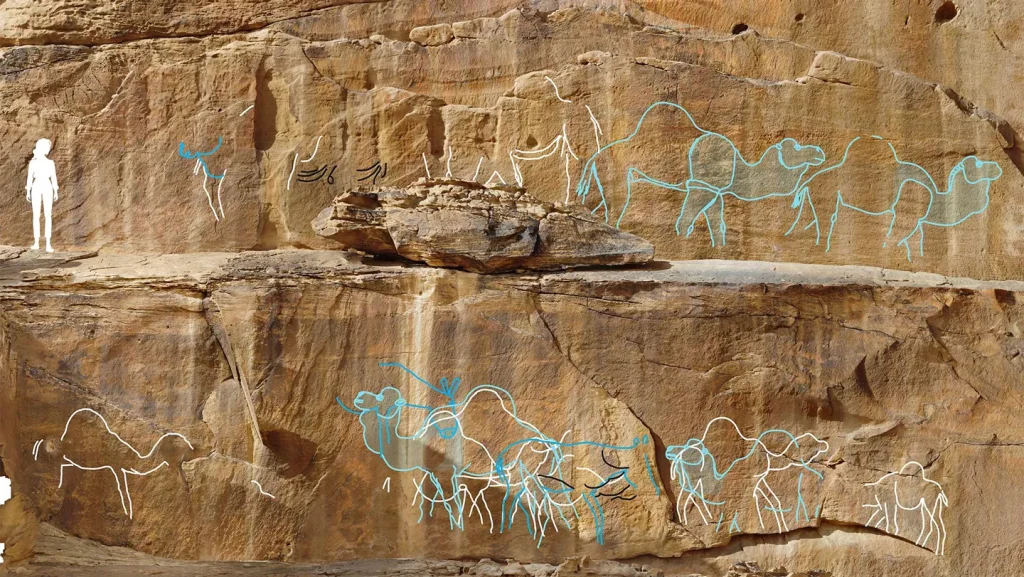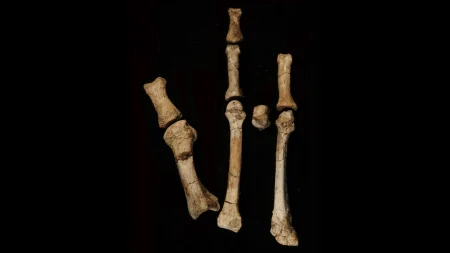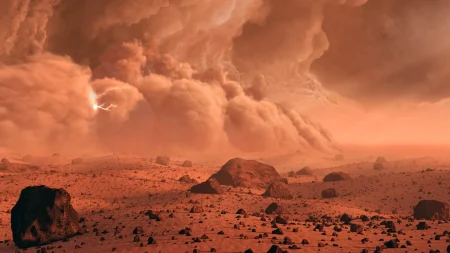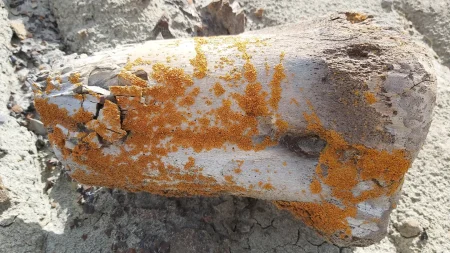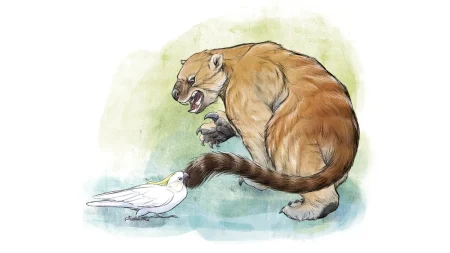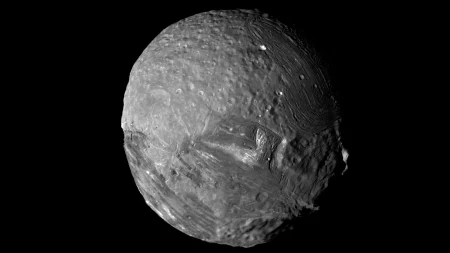Ancient Treasures: The Spectacular Camel Engravings of Saudi Arabia
In the remote deserts of Saudi Arabia, a remarkable discovery has unveiled a stunning window into human history. Frozen in time for approximately 12,000 years, life-sized engravings of camels march eternally across the cliff faces of Jebel Misma in Saudi Arabia’s Nefud desert. “They are really spectacular,” notes paleoanthropologist Michael Petraglia. “They’re beautiful, monumental.” These aren’t isolated artworks but part of a collection of about 150 newly documented petroglyphs dating between 12,800 and 11,400 years ago, as reported in a September 2023 study in Nature Communications.
What makes this discovery particularly significant is its age. While rock art has been found previously in Saudi Arabia, those examples typically dated from the Neolithic period, around 8,000 years ago. The engravings found at Jebel Misma, Jebel Arnaan, and Jebel Mleiha—all rock outcrops in a remote part of the Nefud desert—are considerably older. These massive artworks, visible from miles away, likely served as territorial markers or indicators of nearby water sources, according to Petraglia, who directs the Australian Research Center for Human Evolution at Griffith University in Brisbane. The discovery occurred during research for his “Green Arabia” project, which has revealed evidence that this now-arid region experienced lush, verdant periods over the past 8 million years, suggesting similar climate patterns across the Sahara and eastern desert regions.
The researchers believe these early rock engravings were created by the first nomadic people to enter the region after the Last Glacial Maximum—a period of extreme aridity that ended about 19,000 years ago. As rainfall increased, forming temporary desert lakes or “playas,” wild animals including camels, gazelles, aurochs, and ibex returned to the area. Nomadic human hunters followed, relying on these animals for sustenance. These prehistoric artists cut their engravings into the natural dark “varnish” that forms on desert rocks, exposing the lighter sandstone beneath. Through careful analysis, researchers identified four distinct phases of artistic development, showing the evolution of both technique and subject matter over thousands of years.
The earliest engravings, created more than 12,000 years ago, depicted small, stylized women, often with accentuated curves. These were later covered by a second phase of larger stylized human figures. The third phase—producing the most stunning artwork, including those magnificent life-sized camels—represents the pinnacle of this artistic tradition, featuring naturalistic animal depictions up to 3 meters long. Each animal appears with distinctive individual features, suggesting careful observation and artistic sophistication. The fourth and final phase shows more “cartoonish” animal depictions, representing the continued evolution of the artistic tradition until the region’s last wet period ended around 6,000 years ago, once again transforming the Nefud into one of Earth’s driest places.
Excavations near the engravings have unearthed stone tools and other artifacts revealing that these artists maintained connections with other prehistoric peoples across the Eastern Mediterranean. However, the monumental scale and distinctive style of these engravings set them apart from other contemporary artwork. “This is a brand new phenomenon,” Petraglia emphasizes. The nomadic people who created these works were pioneering a completely new artistic tradition, one that remained hidden until recent explorations uncovered these treasures. These discoveries challenge our understanding of prehistoric human capabilities and cultural development in what we now consider inhospitable environments.
Paleoclimatologist Paul Wilson from the University of Southampton notes that this research demonstrates how prehistoric humans adapted to climate changes. “Just like its African counterpart [the Sahara], the Arabian desert is graced by countless prehistoric engravings and paintings that provide… incontrovertible evidence of occupation by our ancient ancestors,” he explains. The evidence suggests that as climate conditions fluctuated between arid and wet periods, human populations moved accordingly, creating art that reflected their understanding of and relationship with their environment. These artistic expressions weren’t merely decorative but likely held significant cultural, spiritual, or practical meaning for the communities that created them.
According to archaeologist Anna Belfer-Cohen, a professor emerita at the Hebrew University of Jerusalem who specializes in the prehistory of the region, it makes sense that prehistoric people in Arabia would experiment with new ways of living and expressing themselves. The work by Petraglia and his colleagues “tells the story of a region that was for years terra incognita, so much so that people did not even consider exploring it,” she observes. “These findings are eye-openers.” Indeed, they reveal not just artistic achievement but human resilience and adaptability in the face of changing environments. As we continue to uncover more of these ancient treasures, we gain deeper insights into our shared human heritage and the remarkable ingenuity of our ancestors who left their mark on the landscape thousands of years ago.





